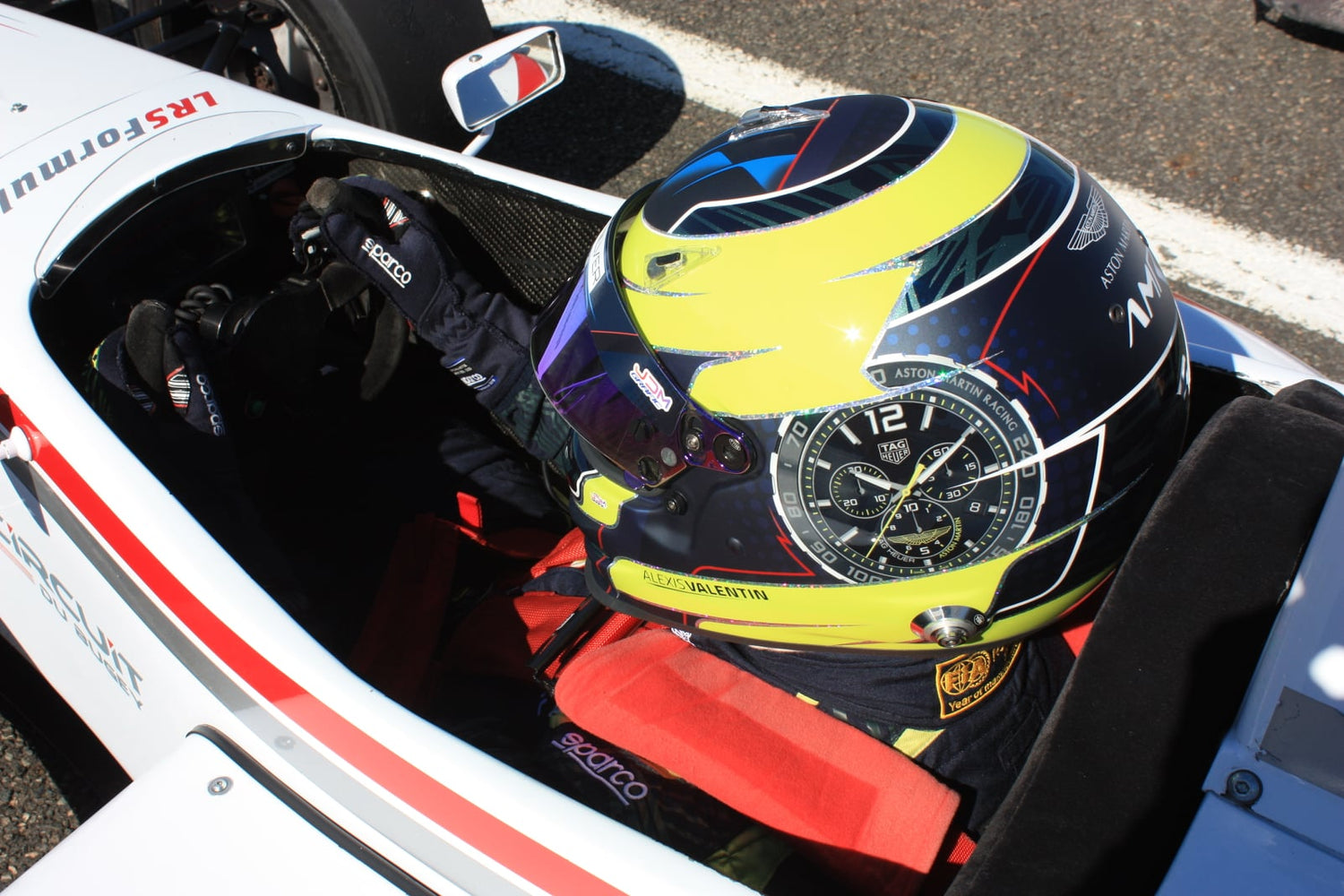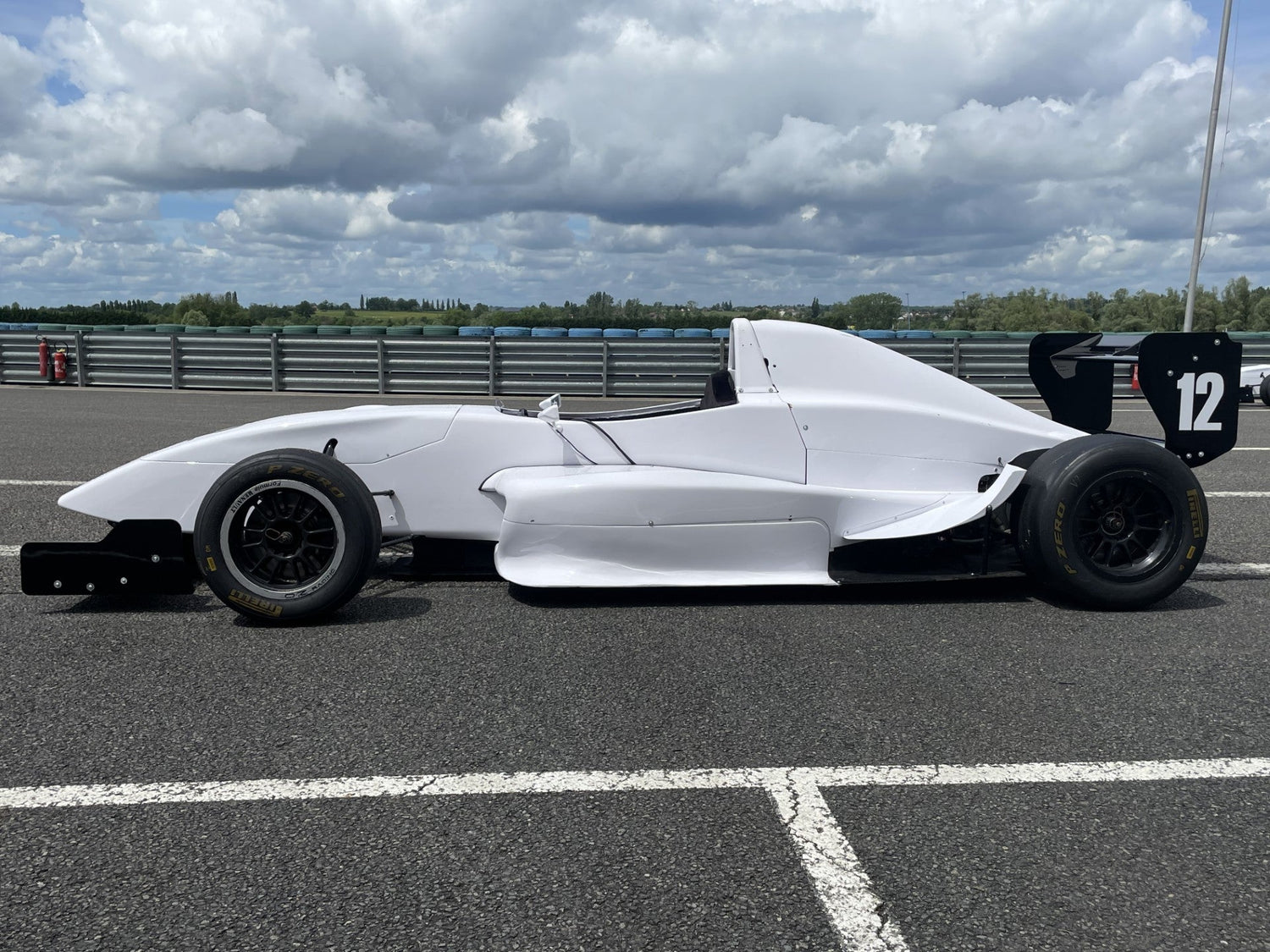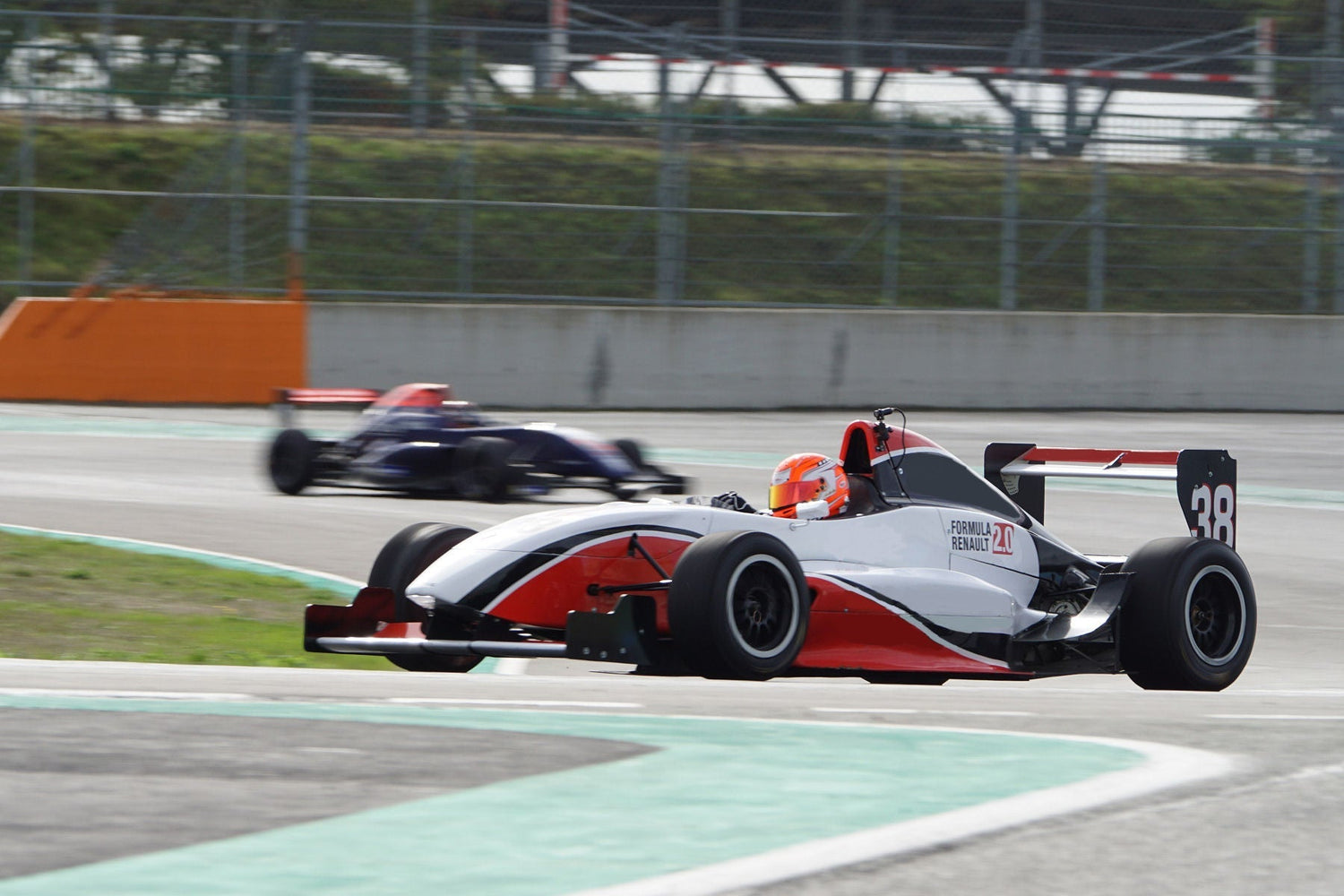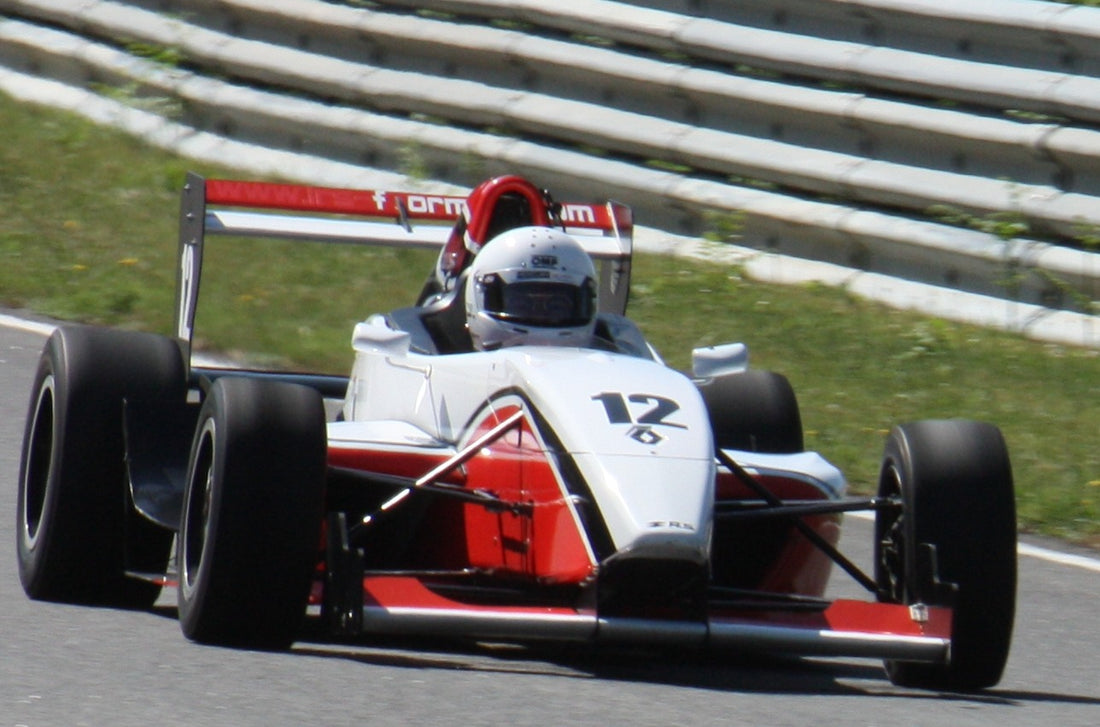
Driving a Formula Renault 2.0
Share
Formula Renault 2.0 (also known as Formula Renault 2000) is an excellent training stage for young drivers looking to progress to more powerful single-seater categories, such as Formula 3 or Formula 2, and eventually to Formula 1.
Our Formula Renault 2.0 (manufactured by RENAULT SPORT and TATUUS between 2000 and 2009) is a real single-seater type racing car .
Initially, this model (manufactured in around 1000 units) was used in various motorsport championships around the world.
During your driving course , you will drive our ex- GRAFF RACING car which has a superb competition record.
Indeed, this car was 2004 Vice-Champion of the Eurocup Formula Renault 2.0 with Simon PAGENAUD and 3rd in the 2005 FFSA French Formula Renault Championship with Ulric AMADO.
You will therefore have the privilege of driving a victorious car and riding in the seat of a driver who will, a few years later, win the Indy 500!
TECHNICAL CHARACTERISTICS FORMULA RENAULT 2.0
Renault Sport technical documentation (2000-2009 models):
Frame :
Manufactured by TATUUS , our Formula Renault 2.0 (chassis 521 year 2004) meets FIA F3 standards.
Made from carbon fiber, it is light and durable.
Monocoque, that is to say it is a single piece, it offers exceptional structural rigidity for the safety of the pilots.
Engine :
Our Formula Renault 2.0 is equipped with a RENAULT SPORT F4R four-cylinder in-line engine with a displacement of approximately 2.0 liters.
This engine, developing 200 hp at 7,250 rpm , is associated with a 6-speed SADEV gearbox.
Gearbox :
The Formula Renault 2.0 (in version 2000 to 2009) uses 6-speed sequential SADEV gearboxes. Which means that gears are shifted up or down in sequence without the need for a clutch. This allows for faster and smoother gear changes.
The car that Mercury Silver offers you to drive has been modernized and benefits from a dashboard steering wheel (identical to the 2013 FR2.0) with gear shifting using paddles.
Thus, with the paddles on the steering wheel, driving comfort is greatly improved and identical to that found on current single-seaters.
Our trainees therefore have in their hands a modern and high-performance racing car.
Aerodynamics:
The Formula Renault 2.0s are equipped with aerodynamic elements such as front and rear wings, deflectors and air intakes to maximize downforce and stability at high speeds.
Aerodynamics is a key aspect of single-seater performance.
Suspensions:
The Formula Renault 2.0 suspensions are designed to offer excellent handling and responsiveness to changes of direction.
Suspension settings can be adjusted to suit the characteristics of each circuit.
For our driving courses, our single-seater has an optimized setting making it affordable for the majority of beginner drivers .
As it is not a question of driving in competition with professional drivers but leisurely with beginners , we are not looking for ultra-performance in the settings but a car adapted to the pleasure of driving with confidence . What is necessary to progress quickly and safely.
Brakes:
High-performance disc brakes are used to ensure efficient braking at high speeds.
Tires:
MICHELIN tires are specially designed for Formula Renault 2.0 single-seaters, with optimal grip for exceptional road holding.
In competition, tires are also supplied by a specific manufacturer to ensure uniformity between teams.
Electronic systems:
Our car is equipped with an AIM Evo 3 data acquisition system to analyze driver performance.
Security :
Safety is an absolute priority in Formula Renault 2.0.
The cars are equipped with safety systems such as roll bars, headrest, multi-point safety harnesses, fire extinguishing systems, etc.
CIRCUIT DRIVING TECHNIQUES 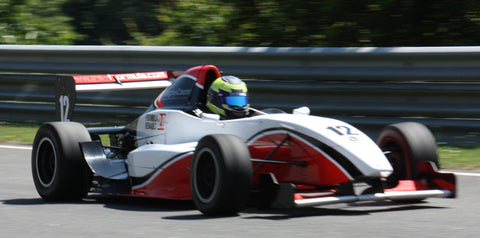
Driving a Formula Renault single-seater on a racing circuit is an art that requires a mixture of technical skills, mental concentration and finesse... and hard work!
Here are some basic techniques that single-seater drivers use to maximize their performance. You will be required to work on these techniques (braking, downshifts, trajectories, etc.) during your driving course:
Driving position:
Make sure you are correctly installed in the cockpit of your single-seater: position in the seat, sensitivity of the pedals, comfort when turning the steering wheel, etc.
Find an ideal driving position for optimal riding comfort.
A comfortable driving position allows you to feel the car better and have better control.
Braking:
Braking is essential in single-seaters! This is the technique to work on the most to go quickly.
Learn how to adjust the pressure on the brake pedal to maximize deceleration without locking the wheels. Use taper braking in a straight line to slow down your car before entering a turn.
Trajectory:
Carefully study the ideal trajectory for each turn on the circuit.
A correct trajectory will allow you to maintain speed while minimizing the distance traveled. Bends can be classified into three types: bends, curves and hairpins. Adapt your trajectory accordingly.
During driving courses, cones to give you reference points will be placed by the instructors on the circuit: braking cone, steering, apex, corner exit, etc.
Acceleration:
Once you have negotiated the turn and are on the exit path, accelerate gradually using the full potential of the engine.
Once the wheels are straight, treat yourself!
Tire management:
Single-seater tires must be warm to deliver their full potential.
Properly heating the tires is essential to obtain optimal grip.
On cold tires, be very careful!
Clutch management:
Our Formula Renault 2.0 is equipped with a steering wheel paddle system for changing gears.
Which means that the clutch will only be used for starting and stopping in the pits. You won't have to worry about changing your reports.
At each downshift, the electronics will manage the famous heel-toe shift for you, which you will therefore not have to do.
Data analysis :
The data acquisition system installed on our car can help you understand where to improve your performance.
After a little experience acquired during driving courses, you can consider personalized coaching and study this data to adjust your driving.
Practical :
Single-seater driving improves greatly with practice.
Spend as much time as possible on the track to develop your skills and confidence.
Remember that single-seater driving is extremely physically and mentally demanding.
It is essential to train regularly, stay fit and stay focused.
Mercury Silver provides you with a competent technical team and experienced instructors to help you understand and apply good circuit driving practices.
And thus make the difference in your performance!

